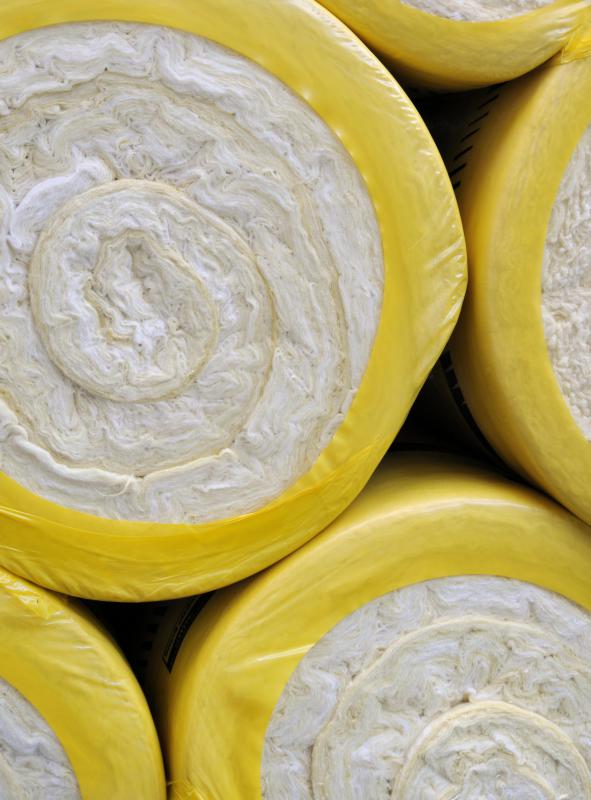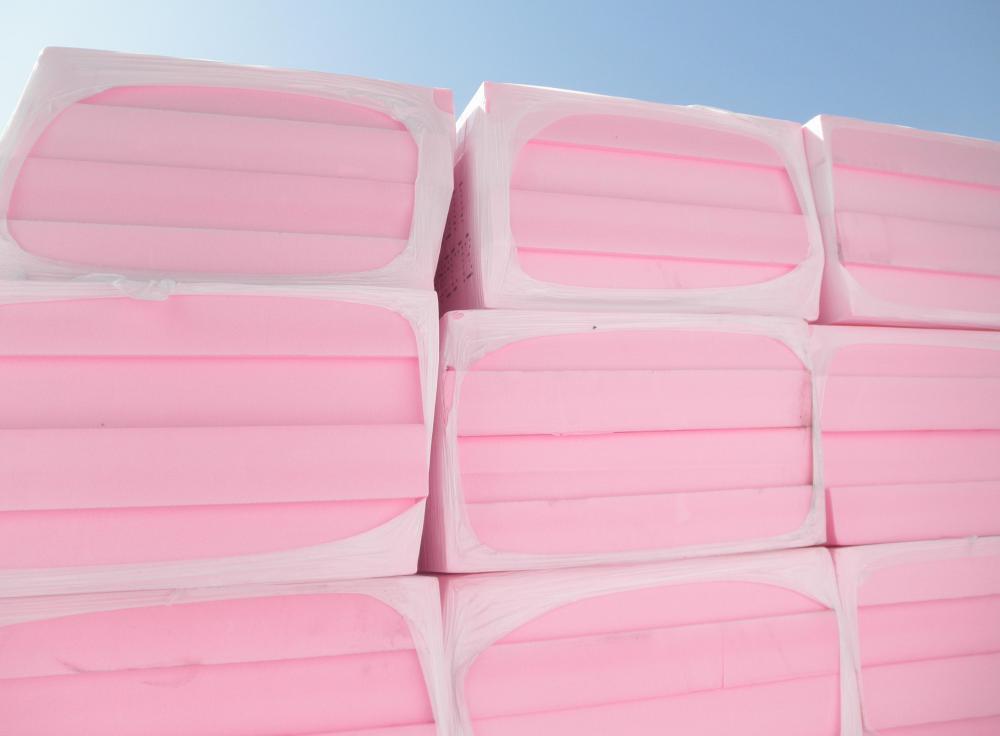At WiseGEEK, we're committed to delivering accurate, trustworthy information. Our expert-authored content is rigorously fact-checked and sourced from credible authorities. Discover how we uphold the highest standards in providing you with reliable knowledge.
What are Styrofoam™ Blocks?
Styrofoam™ blocks are there-dimensional squares or rectangles made from polystyrene. While Styrofoam™ can be molded into virtually any shape, blocks are some of the most popular because of their versatility. The most recognized use for Styrofoam™ blocks is for packing and shipping, but Styrofoam™ blocks can be applied to a myriad of projects. From crafts to children's toys, their uses sweep across the board.
Although the basic shape of a Styrofoam™ block is angular, superficial differences between blocks can exist. Some manufacturers use cooling plates to add textured surfaces or press blocks so that they appear smooth and flat. In addition, Styrofoam™ blocks can be dyed to suit preference or project. For example, green Styrofoam™ blocks are popular with gardeners who wish to camouflage the material when set against plants.

Blocks can be used for virtually any endeavor both indoors and outdoors. Styrofoam's inexpensiveness and versatility encourage its reputation as being one of the best all-purpose products on the hobby, craft, art, sculpture, industrial and residential markets. However, the material is not a completely workable one. Paints and glues intended to be used with Styrofoam™ should be chosen carefully. Rust inhibitors and high solvent materials contained in each can may corrode the material.

Theater productions also utilize Styrofoam™ blocks to help build sets and add to prop repositories. Styrofoam™ blocks are a favorite amongst prop masters because of their light weight and customization possibilities. A Styrofoam™ block can be easily cut, molded and painted to a desired shape or size with relative ease, cutting budget costs and increasing production manageability.
Though Styrofoam™ is a durable material, shippers may choose to invest in a heavy duty type of Styrofoam™ to give shipped items extra protection during transit. Styrofoam™ suppliers often offer Expanded Polystyrene (ESP) Styrofoam™ for this purpose. ESP is simply a better quality Styrofoam™ that can be packed with especially valuable or expensive objects.
In many instances, suitable block uses are only limited by the imagination. Other pre-cut shapes and sizes can help compliment projects using blocks. Sheets, cubes, rectangles and cones may also be of use to someone who is looking for more Styrofoam™ shapes but doesn't want to carve them by hand.
Styrofoam™ material is recyclable. Those who desire to recycle the material must investigate special waste management services, as many do not handle Sytrofoam™ due to size and storage needs. Alternatives to throwing it away and harming the environment include saving it for future personal use, donating it to craft supply shops or finding an environment-friendly organization that lists companies willing to take the Styrofoam™. There is also a market for used Styrofoam™ blocks and many people resell them to recoup the initial money spent on them.
AS FEATURED ON:
AS FEATURED ON:












Discuss this Article
Post your comments